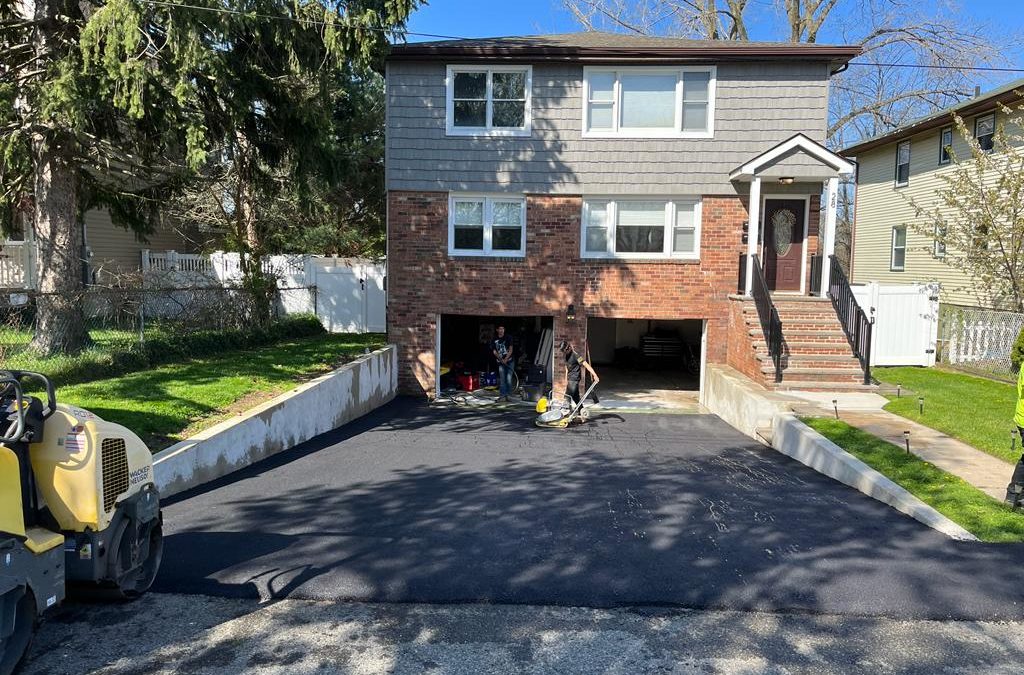Maintaining your asphalt can seem like a daunting task, but it’s important to focus on quality over quantity. By taking the time to care for your investment, you can lengthen its lifespan significantly. This is especially important for businesses and HOAs because first impressions are everything. After all, who wants customers or tenants to see an area that’s full of holes and cracks?
When your asphalt needs some tender loving care, you have two forms of intervention to choose from: resurfacing and overlay. A professional contractor will be able to tell you which is right for your property after conducting an assessment. Resurfacing involves removing the old surface before adding a new one, while with an overlay all you do is add a new layer on top of the existing surface. Keep reading so that by the end you will know when to use each method and what sort of results you can expect.
What is Asphalt Overlay?
Asphalt overlays are a fast and easy way to fix surface-level problems such as cracks, rifts, and the beginnings of potholes. As long as the subgrade slab and the integrity of your asphalt are both intact, an overlay will usually suffice – no milling necessary. However, other types of asphalt paving maintenance may need to be carried out before applying an overlay, like filling holes or smoothing over cracks in a specific area.
Asphalt overlays are usually 1 to 2 inches deep, though the appropriate thickness of an overlay depends on the condition of the original asphalt. Some overlays may be 3 inches thick, though this is not always necessary. This process has become popular among property owners because it is relatively inexpensive and faster than other methods. However, make sure you only work with reputable contractors who guarantee that your asphalt will improve in performance after an overlay.
What is Asphalt Resurfacing?
Asphalt milling and resurfacing is necessary when the subgrade level deteriorates, there are deep cracks, or water has pooled. This can often happen if you have several overlays on your asphalt. If this is the case, drainage or height could be an issue–resurfacing would then create a brand-new surface without having to replace everything.
Asphalt milling and resurfacing is the process of removing and replacing damaged sections without having to remove the entire surface. A new layer is then added once everything has been cleaned up. The inspection part is key here in order to see how deep the resurfacing needs to go so that there’s an actual difference made structurally and aesthetically. It’s slightly more complicated than other methods, but still cheaper than starting from scratch again entirely.
With 50 years of hands on experience, Central Jersey Driveways can offer you a free quote for your next paving project. Contact us today!

